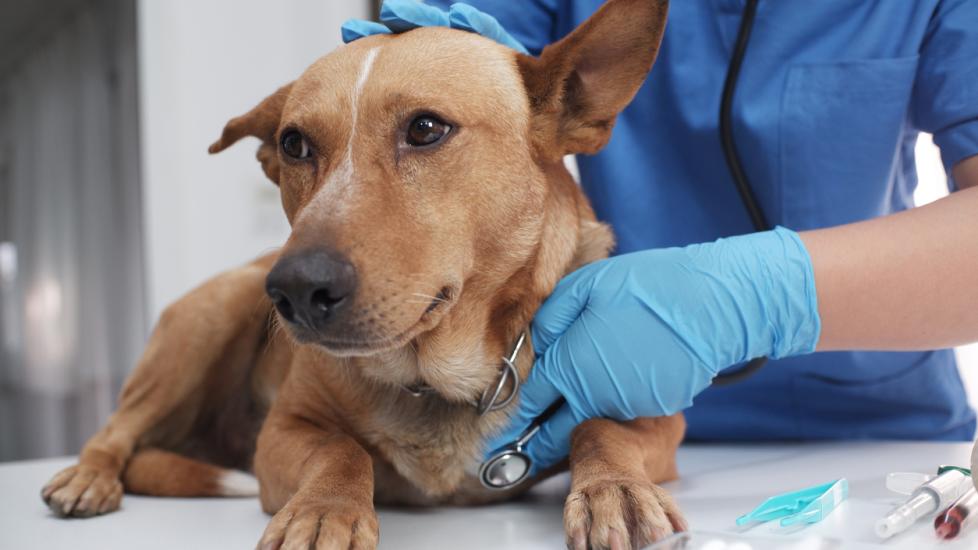Title: Understanding Cholangiohepatitis and How to Support Your Canine Companion’s Liver Health
Introduction:
Liver disease, particularly cholangiohepatitis, is a serious condition that can affect dogs of all breeds. This inflammation of the bile ducts within or outside the liver can lead to severe complications if left untreated. As a pet owner, it is crucial to understand the symptoms, causes, treatment options, and preventive measures for this complex disorder. In this article, we delve into the world of cholangiohepatitis in dogs, providing you with essential information to support your furry friend’s well-being.
What Is Cholangiohepatitis?
Cholangiohepatitis refers to an inflammatory condition affecting both the biliary system (bile ducts) and the liver itself. There are two main types: suppurative (or bacterial) cholangiohepatitis, which involves infection by bacteria; and non-suppurative (steroid-responsive) cholangiohepatitis, where immune-mediated factors play a role. Both forms can be acute or chronic, presenting with varying degrees of severity.
Symptoms:
The signs of cholangiohepatitis may include lethargy, loss of appetite, vomiting, diarrhea, abdominal pain, jaundice (yellowing of the skin and gums), dark urine, pale stool, and occasionally, neurological signs due to hepatic encephalopathy. These symptoms often develop gradually and can mimic other illnesses, so it is important to consult with a veterinarian for proper diagnosis.
Causes:
The exact cause of cholangiohepatitis remains elusive in many cases. However, risk factors such as bacterial infections from ascending biliary tract infections, pancreatic enzymes spilling over into the biliary tree during episodes of pancreatitis, genetic predisposition, and immune-mediated responses have been identified. Secondary infections with fungi or parasites can also contribute to the development of this disease.
Diagnosis and Treatment:
A combination of blood tests, urinalysis, biochemistry profile, abdominal ultrasound, and possibly liver biopsy are used to confirm the presence of cholangiohepatitis. The goal of treatment is to reduce inflammation, eliminate infection, manage clinical signs, and prevent further damage to the liver. Antibiotics, anti-inflammatory drugs, ursodeoxycholic acid, and sometimes corticosteroids might be prescribed depending on the type and severity of the condition. A special diet low in fat content and rich in antioxidants can help support liver function.
Prevention and Management:
Regular check-ups with your vet, including routine blood work and imaging studies, can help detect early changes indicative of liver disease. Maintaining a healthy weight through regular exercise and a balanced diet can reduce stress on the liver. Vaccinating against infectious agents known to trigger cholangiohepatitis is another proactive measure. It is also wise to avoid overuse of certain medications that could potentially harm the liver.
Conclusion:
Cholangiohepatitis is a multifaceted illness that requires careful management and ongoing veterinary care. By being aware of its signs, seeking prompt medical attention, and following a tailored treatment plan, dog owners can provide their pets with the best chance at recovery and long-term health. Remember, every case is unique, and what works for one dog may not be appropriate for another. Always consult with a qualified veterinarian before making any significant lifestyle changes for your canine companion.
